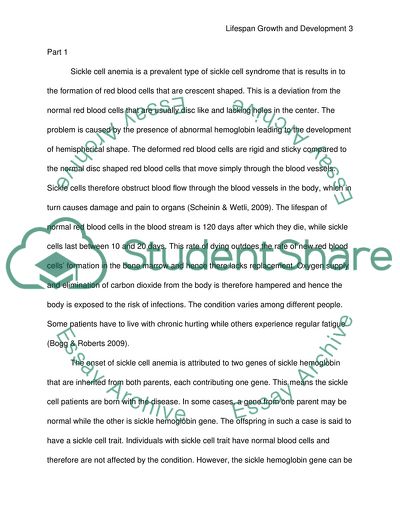Cite this document
(Lifespan Growth and Development: Sickle Cell Anemia Coursework Example | Topics and Well Written Essays - 1500 words, n.d.)
Lifespan Growth and Development: Sickle Cell Anemia Coursework Example | Topics and Well Written Essays - 1500 words. https://studentshare.org/psychology/1845614-sickle-cell-anemia
Lifespan Growth and Development: Sickle Cell Anemia Coursework Example | Topics and Well Written Essays - 1500 words. https://studentshare.org/psychology/1845614-sickle-cell-anemia
(Lifespan Growth and Development: Sickle Cell Anemia Coursework Example | Topics and Well Written Essays - 1500 Words)
Lifespan Growth and Development: Sickle Cell Anemia Coursework Example | Topics and Well Written Essays - 1500 Words. https://studentshare.org/psychology/1845614-sickle-cell-anemia.
Lifespan Growth and Development: Sickle Cell Anemia Coursework Example | Topics and Well Written Essays - 1500 Words. https://studentshare.org/psychology/1845614-sickle-cell-anemia.
“Lifespan Growth and Development: Sickle Cell Anemia Coursework Example | Topics and Well Written Essays - 1500 Words”. https://studentshare.org/psychology/1845614-sickle-cell-anemia.


